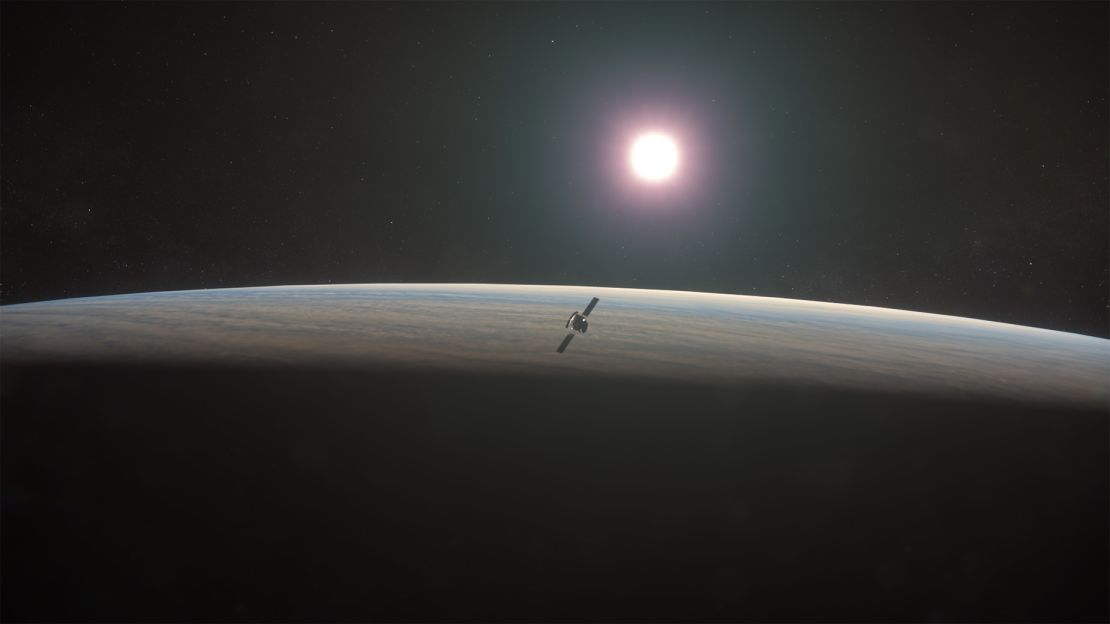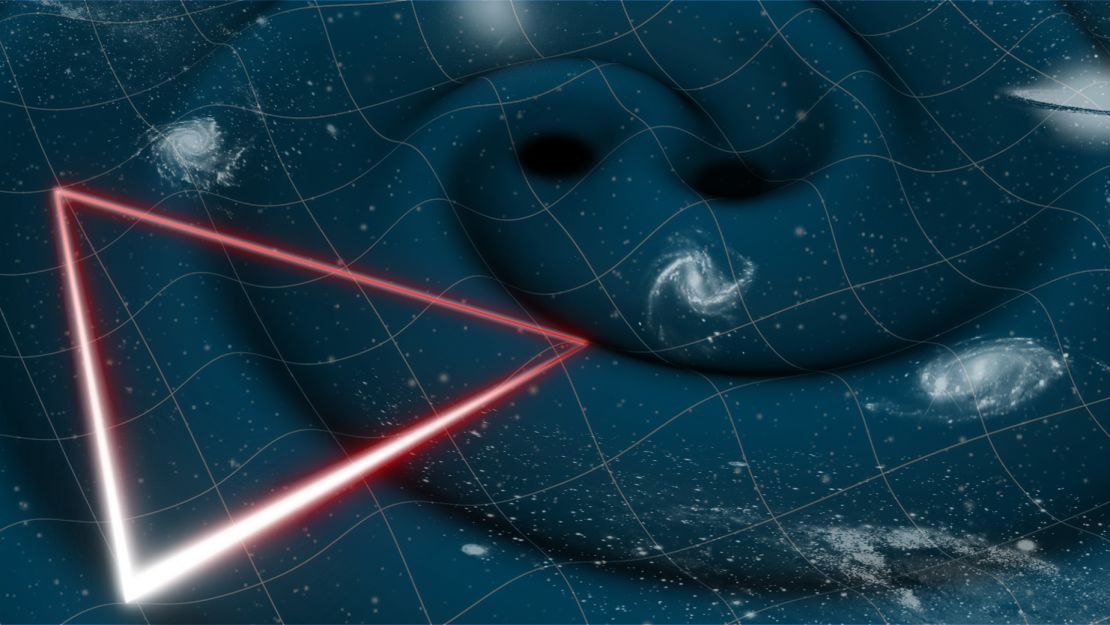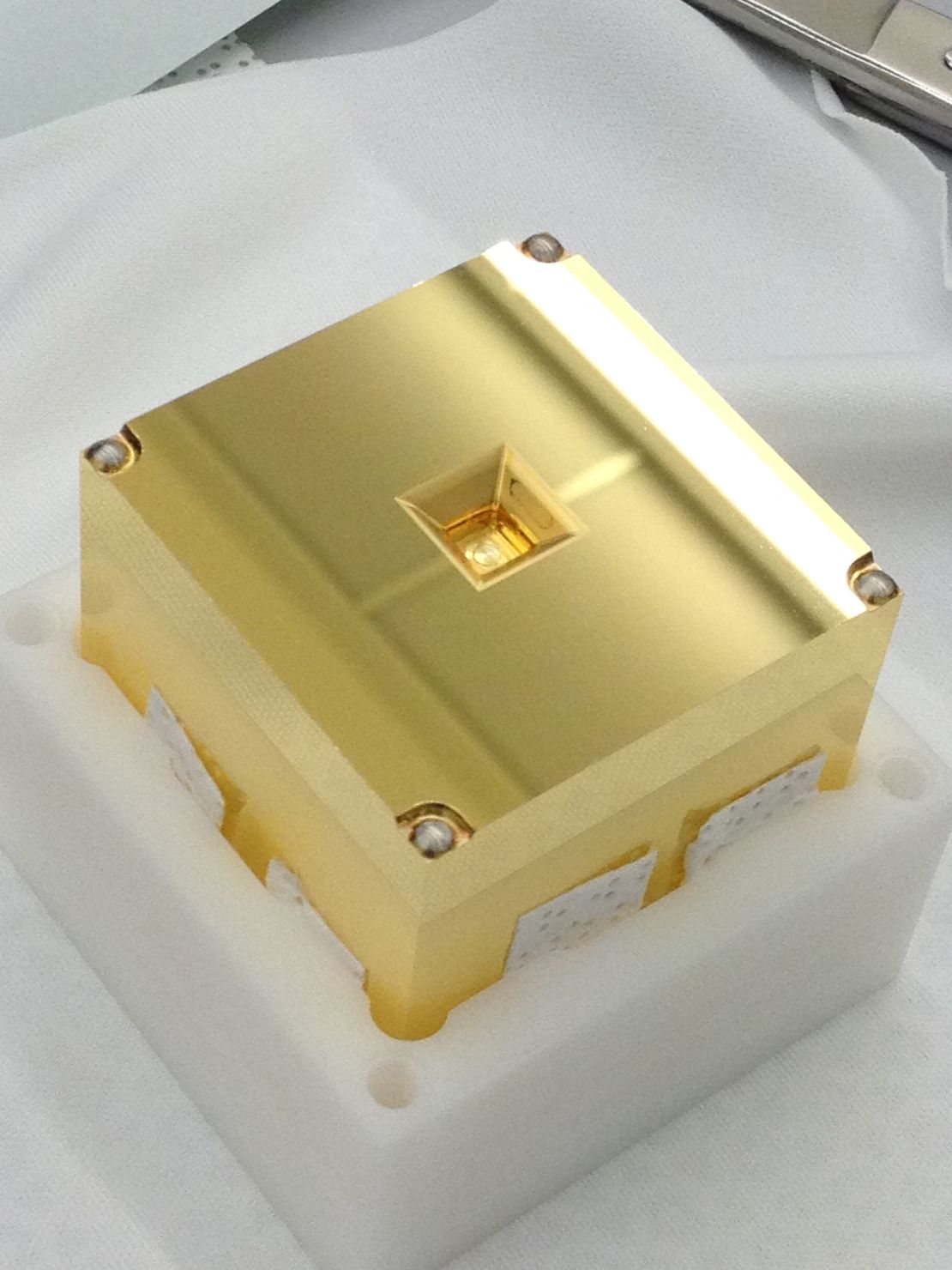(CNN) — A satellite designed to study Venus from the top down and three spacecraft that can navigate through gravitational waves are two recent missions accepted by the European Space Agency.
The company previously selected assignments, but A formal adoption process is where contractors are selected So construction can begin to bring working designs to life.
ESA will partner with NASA for two missions to launch from the European Space Station in French Guiana in the 2030s.
“These pioneering missions will take us to the next level in two extraordinarily exciting areas of space science, and will keep European researchers at the forefront of these areas,” ESA's Science Director Carol Mundel said in a statement.
A new journey to Venus
He Envision Venus Explorer It will study the planet in unprecedented detail, from the inner core to the top of its atmosphere, to help astronomers understand why this hot, toxic world didn't become Earth-like. Venus is similar in size and distance from the Sun to Earth, and some researchers believe the planet may have once had an Earth-like climate.
But “Double Earth” is now an inhospitable world, with surface temperatures capable of melting lead and intense, crushing pressure resulting from the runaway greenhouse effect.

An artist's impression shows Envision after the spacecraft reached orbit around Venus. ESA/VR2Planets/Damia Bouic
Scientists hope the work will answer key questions, including how the world formed over time and whether there were ever oceans, how geologically active it is and why the runaway greenhouse effect began.
It is expected that Scheduled to start in 2031 And it will be the first mission to collect data on how Venus' atmosphere, surface and interior interact. The mission is based on ESA's first spacecraft sent to map the planet's atmosphere, Venus Express, which orbited Venus from 2005 to 2014.
After a 15-month journey to Venus, Envision will spend another 15 months orbiting the planet and flying through its atmosphere.
The satellite will have two deployable solar panels and a suite of instruments that can monitor Venus' surface and atmosphere, as well as probe beneath the planet's dense, dark clouds with radar and radio wavelengths.
It is one of several missions in development to explore Venus, including missions Da Vinci And Veritas will be launched in the next decade from NASA.
Unraveling the history of the universe
When massive objects such as black holes collide, they send out waves called gravitational waves that travel across the universe and reveal information about its history.
These waves were detected by ground-based observatories, but the Laser Interferometer Space Antenna, or LISA, was the first space probe to study the cosmic phenomenon. Ground-based observatories are limited in what they can detect in terms of size and sensitivity, so they can only pick up high-frequency gravitational waves.
But a space observatory can be much larger, and LISA can detect small to large waves, as well as low-frequency waves emitted by supermassive black holes merging at the centers of massive galaxies.

The illustration shows the laser triangulation configuration of the LISA mission, which uses three spacecraft to detect gravitational waves from two black holes. That
The LISA mission consists of three spacecraft flying in a triangular formation at a distance of 2.5 million kilometers (about 1.6 million miles). Free-floating gold nuggets inside each spacecraft will be used to detect gravitational waves.
The mission was born out of the success of LISA Pathfinder, launched by ESA in 2015 to demonstrate the technology the LISA mission relies on to search for cosmic waves in the universe.

Gold cubes inside each spacecraft will help the LISA mission detect gravitational waves. That
The new mission will search the universe for evidence of black hole mergers, study the formation of thousands of pairs of stars known as binary systems, look at dense clusters of stars within galaxies, and try to measure the speed at which black holes are expanding. And LISA will be used to study the history of the universe by detecting the first black holes that formed after the Big Bang.
Together, the three spacecraft will fly behind Earth as it orbits the Sun, about 50 million kilometers from our planet. The agency expects the work to last four years, with the possibility of extension.





:quality(85)/cloudfront-us-east-1.images.arcpublishing.com/infobae/KTKFKR763RBZ5BDQZJ36S5QUHM.jpg)